The Lost Life, Steven Carroll, Australia, 2009
Towards the end of The Lost Life, Carroll’s first book in his T.S. Eliot Quartet, Miss Emily Hale says to eighteen-year-old Catherine: “We must grasp our moments as they arise (…) never, never assume that they will come back. People may come back into our lives, but not the time or the moment. And, in the end, not even the people either, for they will be changed. They will not be the same…”
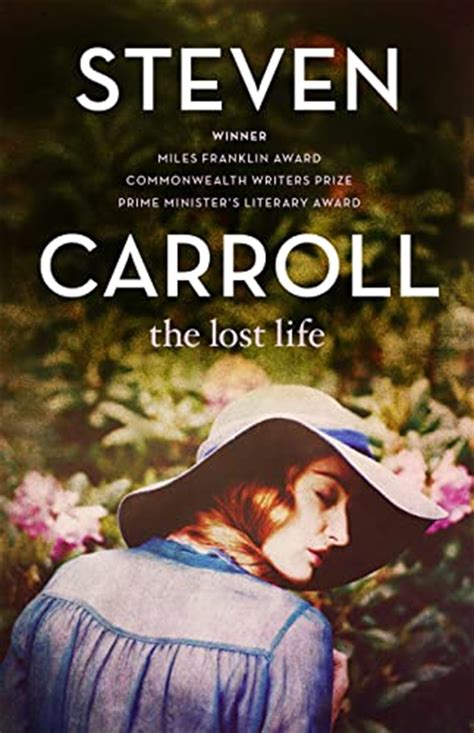
In the early part of the twentieth-century, Miss Emily Hale meets Thomas Stearns Eliot at Harvard where they are both studying. They become firm friends though they are never romantically involved, and then in 1915, while in England, Eliot marries Vivienne Haigh-Wood (the focus of Carroll’s fourth book in the Quartet). Although Eliot and Vivienne have a strong creative connection, Vivienne is mentally unstable and the marriage breaks down completely in 1933. The Lost Life, set in 1934, centres on Eliot and Emily Hale as they spend a few summer weeks – side-by-side more than together – in the south of England; the relationship has never been anything but platonic, and Emily is forced to face up to what her life could have been and what she has irretrievably lost.
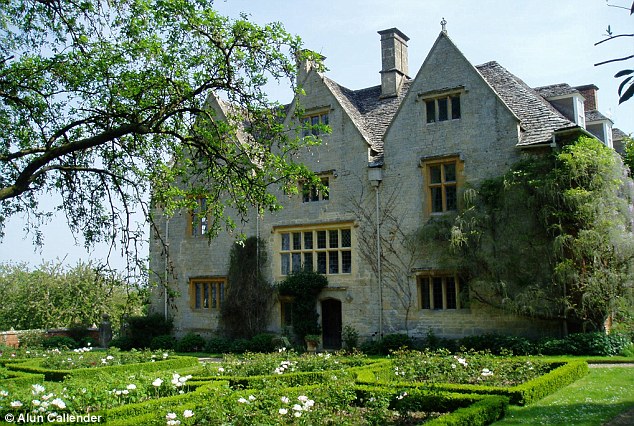
The book opens at Burnt Norton, a deserted manor house in Gloucestershire, where a fictional couple, Catherine and Daniel, the antithesis of Emily Hale and Thomas Eliot, secretly observe the middle-aged couple’s innocent, and somewhat peculiar, rendezvous in the rose garden. The two young people, poised on the cusp of studies and new places, have only recently discovered each other, and Catherine is juggling her infatuation with Daniel with a summer job, cleaning the house where Emily is staying.

Sometime later, Hale, unaware that Catherine had observed her and her friend in the garden, confides to the young girl that her relationship with her ‘special friend’ is different, and Catherine understands that by ‘different’ Hale means spiritual rather than physical. Nevertheless, unable to ignore the immediacy of Catherine and Daniel’s relationship, Emily wonders if ‘different’ is what she really wants, and seeks a strange kind of satisfaction for her romantic, unrequited yearnings through providing a space for Catherine and Daniel to spend time together on their own. Emily Hale’s life may have been shaped by her disappointment and her longing, but parallel feelings of loss can also be detected in the opening lines of T.S. Eliot’s poem Burnt Norton, published in 1935 (the first of his Four Quartets):
Time present and time past
Are both perhaps present in time future,
And time future contained in time past.
If all time is eternally present
All time is unredeemable.
What might have been is an abstraction
Remaining a perpetual possibility
Only in a world of speculation.
What might have been and what has been
Point to one end, which is always present.
Footfalls echo in the memory
Down the passage which we did not take
Towards the door we never opened
Into the rose-garden
(…)
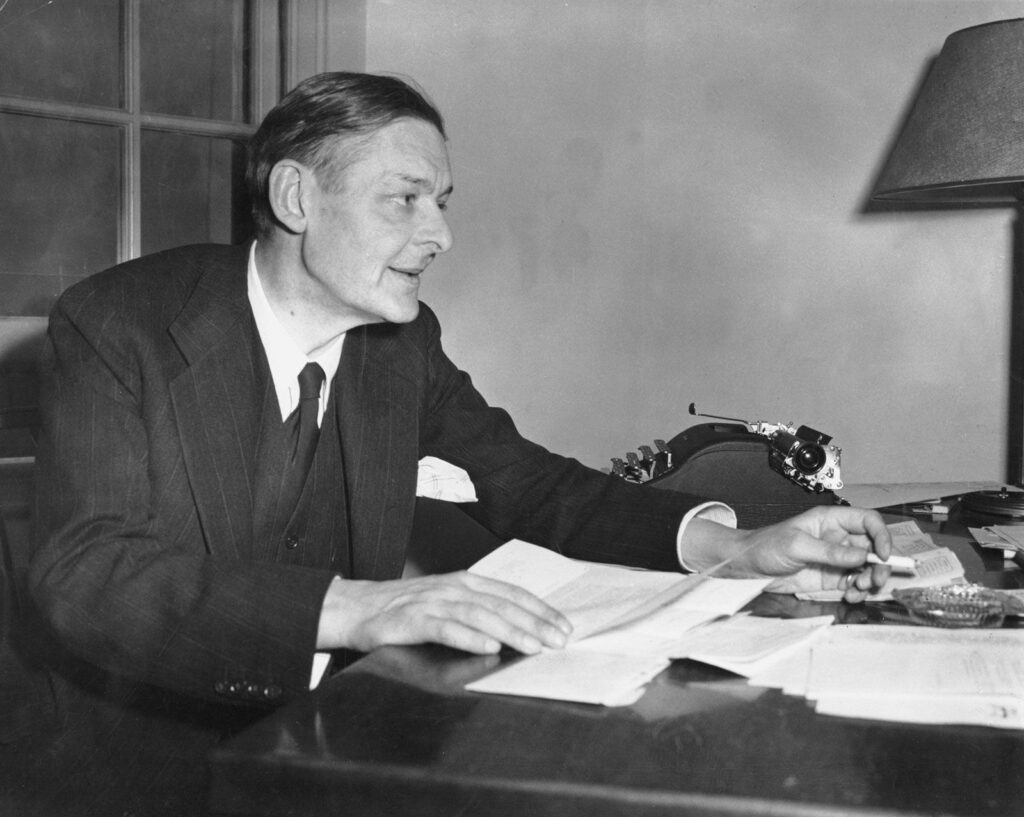
With the poem its obvious inspiration, this is a book about loss, misguided expectations and what could have been. It is beautifully written; nothing is superfluous; everything matters. Although focused on Emily Hale, Carroll’s description of Catherine’s meeting with Vivienne in London is haunting in its depiction of a love that goes beyond the ordinary to something that, while being furious, distraught and insane, knows no limitations. It is suggested that Hale may have been Eliot’s muse, but Vivienne was obviously the fire that kindled his creativity, and in spite of the relationship being both destructive and traumatic, it resulted in some of Eliot’s greatest work. When he was informed of his wife’s death in 1947, it is said that he buried his face in his hands before crying ‘Oh God, oh God.’
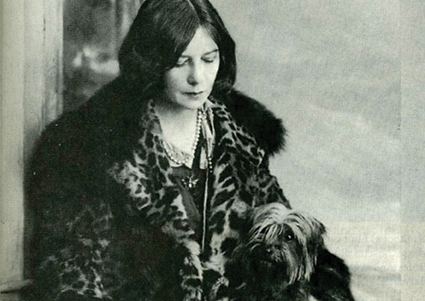
One of the key scenes in the novel is a performance in the village church of Beethoven’s String Quartet No. 15 in A minor. Gustavo Dudamel (conductor and violinist) describes the quartet as “one of the most famous and deeply personal movements in all of the quartet literature”, and it is not difficult to imagine Carroll selecting it both for its sublimity and its complex connection with the different anxieties and joys experienced individually by the four characters in his novel.
Catherine and Daniel, mirroring (in Emily’s mind at least) what could have been, give the story a sense of freedom while offering a contrast to Emily’s restricted life with its regret and self-inflicted sadness. Although Eliot exists only as a shadow figure at the furthest edge of the stage, his presence strongly permeates the story – both real and fictional – joining the many conflicting experiences. The beautiful prose, the thought-provoking images and ideas, (against the imagined sounds of Beethoven’s string quartet), make this a book not only a book to be remembered but also one to be pondered over.
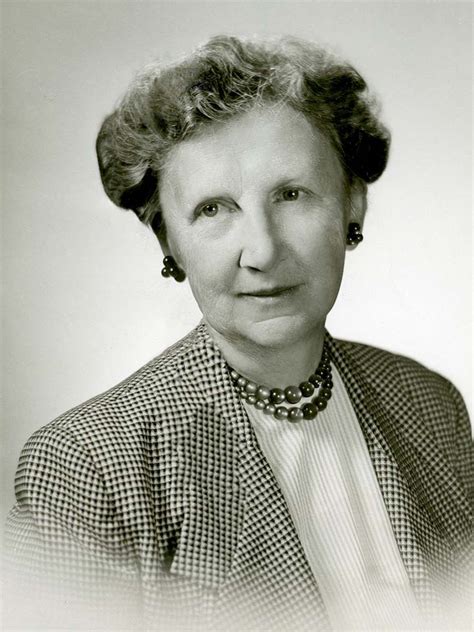
The four books of Carroll’s Quartet are: The Lost Life, A World of Other People, A New England Affair, Goodnight Vivienne, Goodnight.